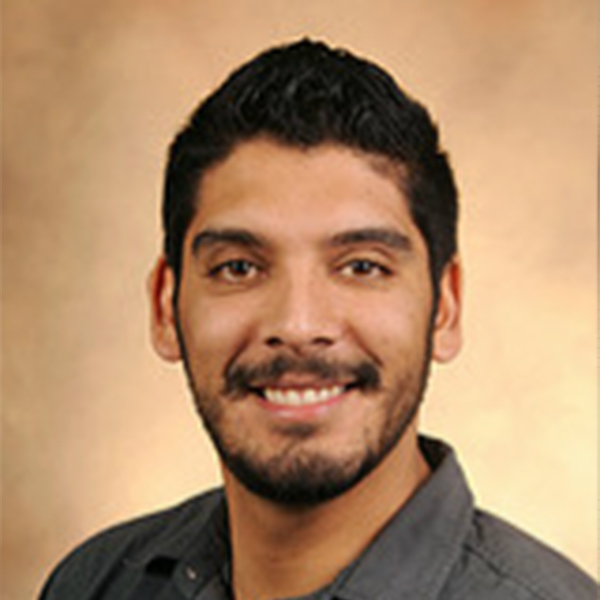Summary
This project addresses our need to better understand solids hydrolysis by anaerobic microorganisms, focusing on municipal wastewater sludge. Solids hydrolysis is a crucial, rate-limiting step in wastewater sludge treatment; while it is also important for many bioenergy processes, such the production of biofuels from cellulose. Given the complexity of wastewater sludge, solids hydrolysis encompasses many individual processes that are difficult to resolve. The lack of comprehensive and highly resolved data from biological experiments has led to insufficient validation of existing models for sludge hydrolysis. The use of a microbial electrochemical cell (MXC) anode, powered by anode respiring bacteria (ARB), provides a new alternative to probe microbial hydrolysis kinetics events with a much greater precision and higher temporal resolution than current methods based on methane production. An MXC allows us to measure respiration rates of the ARB at a very high temporal resolution (< 1 minute) by measuring their electric current. Simultaneous monitoring of solids and soluble microbial hydrolysis components along with current production will enable the accurate measurement of transient hydrolysis rates with a deeper elucidation of the underlying mechanisms. High resolution MXC data, along with analytical measurements, will provide a strong basis for describing lag times for hydrolysis of the three main components of solid organic matter: carbohydrates, proteins, and lipids. Through the data collected, this project aims to develop an updated, comprehensive solids hydrolysis model for municipal sludge and other solid wastes.
The knowledge obtained through this project is crucial to improve the optimization of current technologies in which solids hydrolysis is a rate-limiting step. The project focuses on wastewater sludge, a complex waste that requires solid hydrolysis for its treatment and disposal. However, the solids-hydrolysis models developed can also be used in other applications, such as bioenergy technologies that utilize a solid substrate (e.g., cellulose). A comprehensive solids hydrolysis model can allow environmental engineers to better predict the performance of anaerobic digesters and will be essential to understand how new technologies will perform in the wastewater treatment field. For example, sludge pre-treatment technologies are emerging in the wastewater field as a means to improve the rate of solids hydrolysis. Thus, this project will use MXCs as rapid high throughput tools to identify the best pre-treatment technology for a given solid waste. While we use MXCs to learn new insights on microbial kinetics, they also become a teaching and learning tool, thus broadening the impacts of our research. Microbial electrochemistry can be epitomized as a tool to study microbial kinetics in complex systems.
Personnel
Funding
National Science Foundation, Division of Bioengineering, Environmental, and Transport Systems



 Prathap Parameswaran
Prathap Parameswaran
 Cesar Torres
Cesar Torres